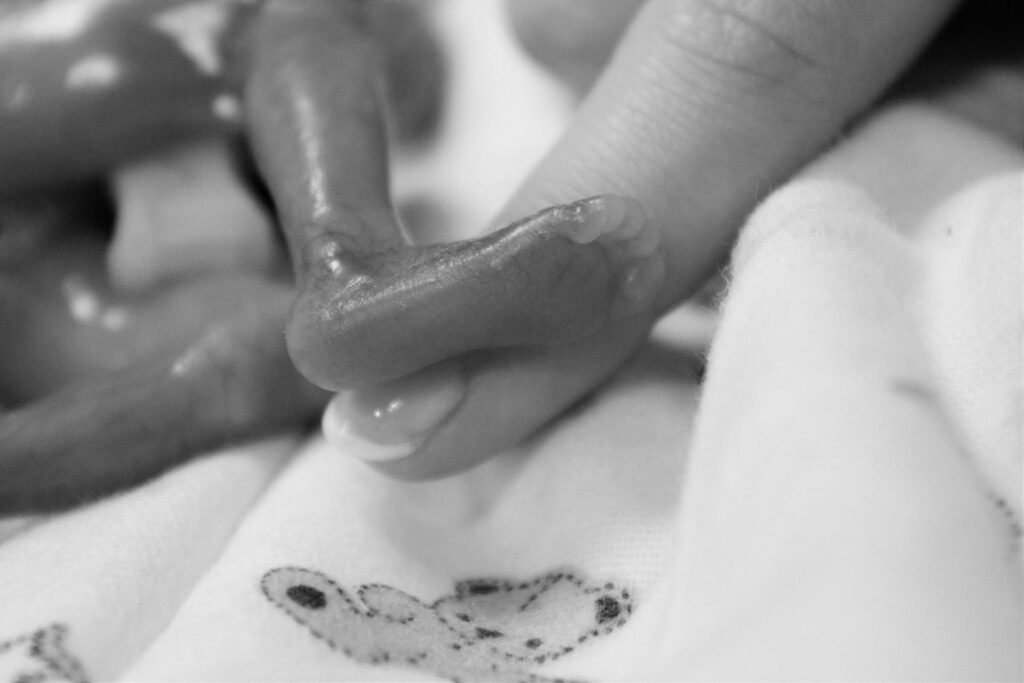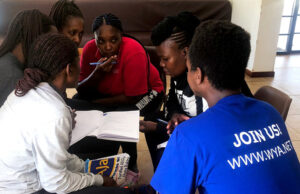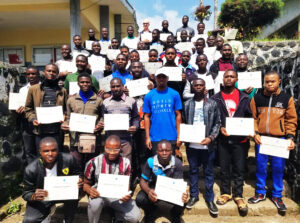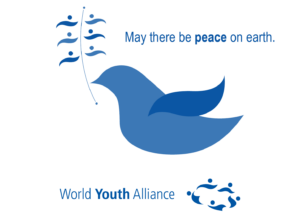In late March, activists from the Progressive Anti-Abortion Uprising (PAAU) recovered the bodies of 115 aborted babies in Washington D.C., five of which were late in gestational age and had visible injuries suggesting possible violations of the Partial-Birth Abortion Act and the Born Alive Infants Protection Act. At least two doctors have commented on the severity of this case. Former abortion provider and board-certified OB-GYN Dr. Kathy Aultman stated that one of the babies may very well have been born alive and then left to die. In other words, these babies may have been victims of an even more brutal assault than attemptive-abortion; they may have been victims of infanticide – a crime opposed by people from all political affiliations.

Despite these serious allegations, the D.C. Medical Examiner and DCPD have refused to perform an autopsy or conduct a thorough investigation (at this time). Though several news sources have reported on this story, it has yet to make a significant impact on mainstream media or receive widespread public condemnation.
The normalization of abortion implies that the public does not acknowledge that human dignity starts at conception. Unless we recognize this, society will continue to use viability to determine the permissibility of abortion. The logical implication of such thinking is dangerous to the very foundation of human rights, which is founded on the idea that human dignity grants human rights.
The dignity or “humanness” of the preborn is often not recognized until the preborn child reaches viability, which refers to the stage in gestation when a fetus is likely to survive outside of the mother’s womb. In the U.S. today, a fetus is not considered viable until after 24 weeks of gestation. 20 states use viability as a legal cutoff for prohibiting abortion, with 18 more states placing prohibitions beginning at 20 weeks, which reflects the belief of a majority of Americans that second and third-trimester abortion should be illegal.
However, this belief is opposed by the logic of both sides of the abortion debate. The Guttmacher Institute, which advocates for abortion rights, argues that any restriction on abortion by gestational age is “a fundamental violation of reproductive freedom and autonomy.” This view is what justifies performing late-term abortions. Although most Americans lie in between the two poles of the abortion debate, these two sides have some solid common ground: the belief that viability is simply arbitrary.
The pro-life end sees human life as intrinsically valuable, where a human person is worthy of protection from conception until natural death. The extreme pro-choice end claims the “my body, my choice” argument, so whether the fetus is viable or not does not matter because she is still inside the mother’s womb, and thus her continued existence is subject to the mother’s will. The arguments from both of these sides lead to the same conclusion: viability is an absurd standard for abortion. Either all abortions are morally acceptable, or none are.
Viability presumes that a fetus is not a person until she reaches viability. However, the likelihood of a baby surviving a premature birth depends profoundly on the medical technology available, access to those services, and likely also the economic status of the mother.
The question of whether a fetus is a person does not depend on the exterior surroundings of this fetus. One’s status as a person is intrinsic to one’s substantial nature, and the substantial nature of a human fetus has not changed at any point within human history – if it were to, we would not still be of the same species.
Because of this inconsistent nature of viability, it can never be a measure for personhood or human rights. If babies are already persons at birth, they must have ‘obtained’ personhood at some point prior to birth. The five aborted fetuses found in D.C., who were perfectly intact and very likely post-viable, so why were they not regarded as persons?
Who is the human person? This is one of the most important questions concerning the relationship between humanity and human rights. Because viability has so much variability, it can never be impartial. Yet, impartiality is necessary in answering any questions about personhood. This is why viability is an unqualifiable marker for abortion. The only indiscriminatory arbiter is human dignity.
A fetus at 25 weeks in the 1950s did not have any more or less dignity than a fetus at 25 weeks with all the medical technology we now have in the U.S. today. Unlike human dignity, viability does not measure human worth. The only view consistent with respecting the dignity of every human being is accepting that abortion is inconsistent with this dignity from the moment of conception.
If human dignity does not start at conception, then when does it start? And who gets to determine when a fetus has reached the “point of dignity”?
Choosing any marker other than conception will inevitably lead to discrimination against this defenseless and vulnerable group.
[su_divider top=”no” margin=”0″]
Published: June 3, 2022
Written by Anilda Rodrigues, WYA North America intern







